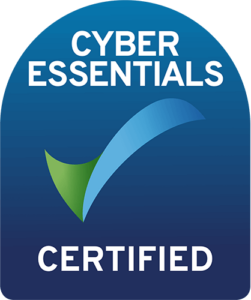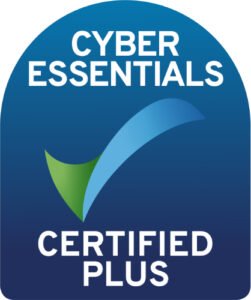Thinc insights
What are the differences between Sage 50 and Sage 200 and which one is right for you?

Many people aren’t aware of their need for an ERP system — or in some cases what an ERP system even is. ERP stands for Enterprise Resource Planning and is a platform that brings all your business functions into a single platform — giving you cross-departmental collaboration, ease of data analysis and real-time reporting. This can result in improved efficiencies across your entire organisation, from managing stock levels accurately to reducing administrative burden.
Sage 50 is a package of accounting software tools that’s designed to help small businesses take control of their finances. It’s a popular choice with these smaller businesses as it’s a more affordable option and is easy to use. In fact, its simple and friendly user-interface makes it easy for even non accountants to understand and get the most out of it. Sage 50 features all the tools many businesses will need, including cash flow and invoicing, VAT management and real-time in-depth reporting.
For more medium-sized businesses who may have outgrown the capabilities of Sage 50, Sage also offers a more advanced suite of software – Sage 200. It offers all of the features of Sage 50 but adds additional capabilities, especially around stock management, customisability and more advanced reporting. It also adds extra capabilities around handling foreign transactions will allow multiple team members to work on the same transaction without any issues.
So how do you know whether you need an ERP platform such as Sage 200, or whether an accounts system such as Sage 50 will do the job? To help you decide, we’ve identified 5 key differences between Sage 50 and Sage 200. If you can ‘tick’ 3 out of the 5 (or more) then there is a good chance that Sage 200 is the right choice for you.

 02 – Reporting Structure
02 – Reporting Structure

 04 – Going Beyond Core Accounts
04 – Going Beyond Core AccountsSage 200 add-on modules are exactly that. Modules. So, you don’t run two systems that talk to each other, it’s all seen as one.
 05 – Development and Customisation
05 – Development and CustomisationSage 50 can be developed but the cost of development time would be more than the price of the product. Sage 200 can be much more easily tweak and customised to fit exactly your business’ specific needs.
However, if you were just looking through our list, nodding away as you see all the different ways that your current system might be lacking, it’s probably time to make the upgrade. Sage 200 is the perfect fit for a growing SME that needs the more powerful tools on offer to maximise its potential.
Related Topics
Get in touch


Enter your details into the contact form below, and one of our experts will be in touch to arrange a time to speak.
If you’re an existing customer looking for support, please e-mail servicedesk@wearethinc.com, or visit our support page where you can download our remote support apps.